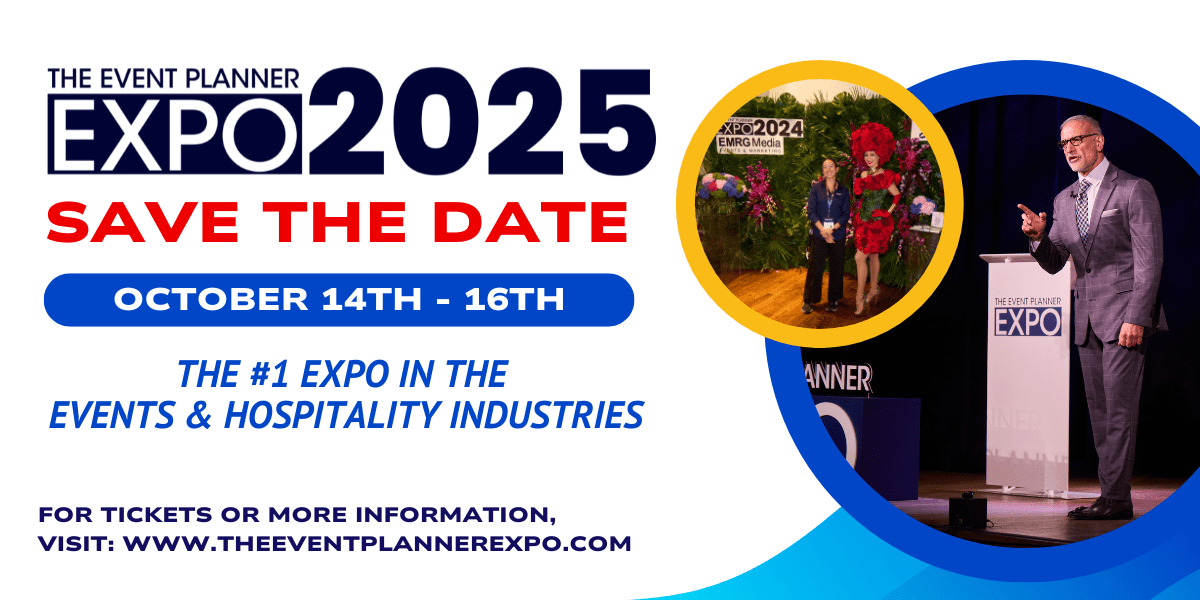Mastering the Art of Event Design
You can make a brand or event come alive by choosing the right venue and beautifying it. An event design that is done well can transform a venue's atmosphere, and may give attendees something to talk about, or share on social media. In this case, attendees may feel uninspired - or worse, unsatisfied - without the elements of event design.
The art of event design is so much more than making your venue look pretty - it's a very complex process. Are you curious about how it works? Below are eight essential elements you should know.
Design element #1: Space
Your event design will be displayed most effectively on the canvas of your venue or location. Understand its dimensions and features. You should walk around the venue and imagine yourself in the shoes of your guests to understand where they will enter and exit. Is there anything you can do to make them feel welcome and help them get oriented from the very start?
Consider the route you want your guests to take when planning the layout of your space. Can you break it up efficiently if it's enormous and empty? The goal is to strike the right balance between positive (furnished) and negative (unfurnished) space, so that your event doesn't feel congested.
Design element #2: Lines
Lines are formed by the architecture of your venue and the way you furnish it. If your venue has a combination of lines, it can make small spaces feel large, or vice versa.
How can you add more interest to your lines? Here are some suggestions:
- A variety of items can be used to add horizontal lines, including rugs, tables, and floor tiles
- As for vertical lines, drapes, columns, and wall hangings can be used
- Then there are dynamic lines which add interest and movement with their curves and angles.
Design element #3: Forms
The shapes created by outlines of 3D objects in space, such as furniture, furnishings, and structures, are closely related to lines. As well as providing balance, forms can also offer drama and character to a space. The shapes can be mixed (circles, squares, and triangles), or you can choose to highlight one (circles).
Are you ready to experiment with form? Here are a few ideas:
- Statement pieces: You can play with form by adding unusually shaped furniture or sculptures.
- Play with scale by changing the size of objects. Attendees can immerse themselves in the event experience when an imposing arch welcomes them from outside.
- The large size of everyday objects can grab your attendees' attention. You can create a spoon in giant size as another way to grab attention with scale. This catches attention immediately because it is unexpected.
Design element #4: Light
In addition to influencing how attendees perceive your event space, light is a key element to good event design. You can create vertical columns, direct the focus toward specific areas, or create a horizontal path by using light alone.
Light also greatly affects mood and atmosphere, so it's important to pay attention to it. You should choose a venue with good natural lighting for daytime events. At night, you should experiment with colors and brightness.
Light can also be experimented with in the following ways:
- Uplighters: Lights placed above walls and columns to cast light on them
- Gobos: Stencil-patterned lights
- Pin/spotlights: Lights that are focused on a specific area
- Washlights: Color-filled lighting that brightens your space
- LED strip lights: Translucent sheets of light that can be bent to make different shapes
- LED furniture: An illumination system that makes ordinary bars, podiums, and tables look extraordinary
The creation of a truly unique experience
The methods above are just some of the ideas you can use to master the art of event design. Subscribe to our blog for more ideas to help inspire you to add more creative elements to your events.
